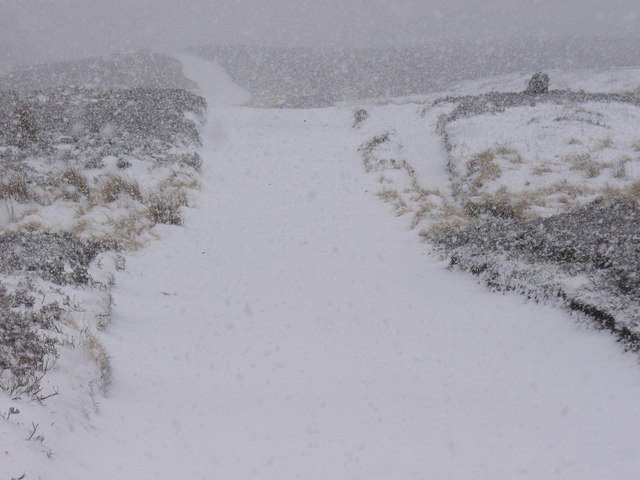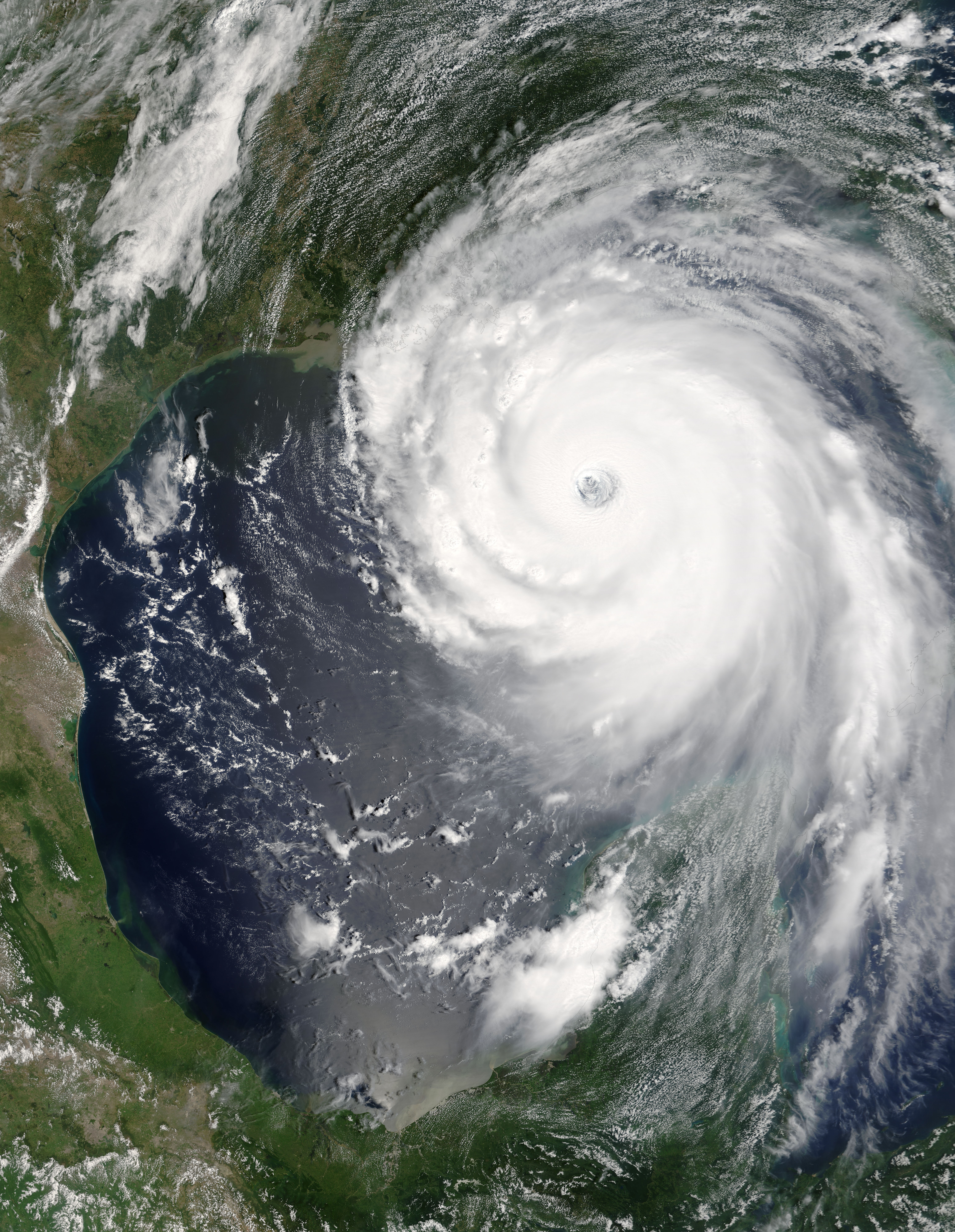
The safest City in America is Henderson, Nevada because it is free from Thunderstorms, Tornadoes, and Blizzards. Henderson, Nevada is safe from these three natural disasters because it is not possible for them to occur here (There are more than these 3) But the ones that can occur here are Earthquakes and Wildfires. Earthquakes can happen here because of the Tectonic plates that are around the state. Wildfires can occur here because in the daytime it is very hot and wildfires can occur in a drought or a dry and hot place.
Thunderstorms need 3 ingredients moist air, unstable air, and lift and without these ingredient you can't have a Thunderstorm. A thunderstorm can't happen in Nevada because Nevada doesn't have any moist air. The climate for Nevada in the daytime is 125 Fahrenheit (52 celsius) and in the night time it the climate is -50 Fahrenheit (-46 celcius). It doesn't also include other ingredients that make a thunderstorm. But it is still possible for a Thunderstorm to happen in Nevada.
Tornadoes can't happen in Henderson, Nevada because Nevada is no where near Tornado valley and Nevada's terrain is pretty rocky. If a Tornado were to happen the most dangerous one would hurl a vehicle hundreds of miles away. It could also destroy large building and have a wind speed of 300 mph. Tornadoes mostly occur in the central part of the U.S or also known as the Great plains and more than 500 Tornadoes occur in this area each year. Tornadoes can also be formed by a Thunderstorm but like we said thunderstorms aren't likely to happen in Henderson, Nevada so having a tornado is a little to none chance of having one.
Blizzards can happen in Henderson, Nevada but are not very common because you need cold air, lots of moisture, and lift. But as we said in Thunderstorms Henderson, Nevada doesn't have that much moisture in its air and its mostly hot in the daytime and cold in the night time. Since it's cold in the night time I guess it's possible to have a blizzard at night. A blizzard and a ground blizzard are different because Blizzards are large ice storms and ground blizzards are made from the fallen snow and then carried up by strong winds. In different places in Nevada there are blizzards but blizzards are not that common in Nevada.
We chose Henderson, Nevada as the safest place in America because it only had 2 natural disasters which were Wildfires and Earthquakes. But then other than that it doesn't have Blizzards, Thunderstorms, Tornadoes, etc. We also think that New York times is incorrect because Oregon also has Wildfires and Earthquakes but can also be attacked by Tsunamis. Plus now that you think of it Tsunamis are very dangerous because Tsunamis flood everything and destroy a building after some time. The only way to escape a Tsunami is to go to high ground or else you'll be swept away by the giant wave.



